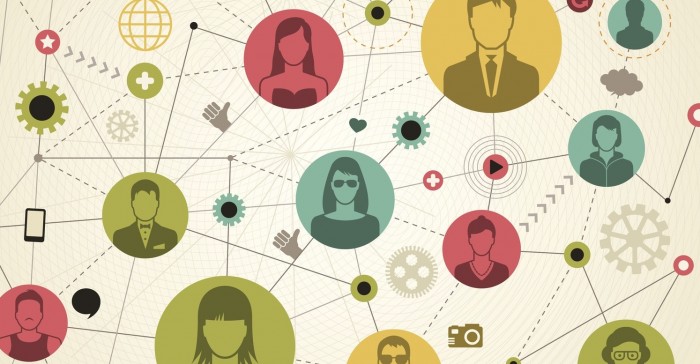COVID-19 Data Shows How Social Distancing Impacts Virus Spread
An analysis of COVID-19 data revealed that places that took longer to implement social distancing measures saw the virus spread more rapidly.

Source: Thinkstock
- A new analysis of COVID-19 data in 58 cities showed that for each day’s delay in social distancing, a coronavirus outbreak lasts days longer.
For more coronavirus updates, visit our resource page, updated twice daily by Xtelligent Healthcare Media.
Epidemiological researchers at the University of Texas at Austin studied cities throughout China and analyzed when first cases were detected, when social distancing measures were implemented, and when the outbreak was considered contained.
The results revealed that every day a city delayed in implementing social distancing measures after the appearance of a first case added 2.4 days to the length of an outbreak.
“Every day saves time, saves effort, saves people becoming infected and probably saves lives,” said Lauren Ancel Meyers, a professor of integrative biology who leads the UT Austin COVID-19 Modeling Consortium. “This is particularly important as we think about the coming weeks and months.”
The results are applicable to communities experiencing their first outbreak, as well as those that may experience a resurgence in the coming months. Waiting a week after early signs of resurgence might require about 17 more days of social distancing to slow the spread of the pandemic, researchers noted.
“It will be difficult to consider strict interventions again, but acting early upon signs of resurgence will mean fewer days of social distancing orders,” said Spencer Fox, associate director of the UT Austin COVID-19 Modeling Consortium and co-author on the paper.
To determine when an outbreak had been contained, scientists look at case counts and determine the reproduction number, a measurement that shows how many people will be infected by one infectious person. If the reproduction number falls below one, scientists consider the outbreak contained.
While the study was not able to determine which social distancing measures were most effective, it did show that the timing of the first measure, regardless of the type, had a big impact. The study examined cities experiencing the earliest days of an outbreak, but the findings are also relevant for cities in the middle of an outbreak.
“Our findings have implications for the timing of interventions in US cities,” Meyers said. “The impact of delays may be particularly important for communities that are prone to rapid transmission, such as nursing homes, colleges, schools and jails. We need concrete plans for when and how to respond to rising cases to prevent unnecessarily long and costly restrictions.”
Throughout the COVID-19 pandemic, researchers have evaluated real-world data to determine the impact of social distancing and other physical interventions on the spread of the virus.
In early April, a team at Stanford University launched an interactive, data-driven model that assesses possible outcomes of non-pharmaceutical interventions for COVID-19. The model aims to help users understand the benefits of delaying the peak of the pandemic and staying below a fixed healthcare capacity. The tool shows possible trajectories under different hypothetical scenarios.
“We wanted to start a larger conversation about how our long-term response might look,” said Erin Mordecai, Stanford biologist. “We’re concerned about the potential for the disease to rapidly spread once we lift control measures.”
As the situation has evolved, researchers have also explored how lifting social distancing measures could influence the spread of the virus going forward. A report from the Johns Hopkins Center for Health Security recently showed that state-level decision-makers should conduct risk assessments to better understand how to move from strict social distancing to a phase reopening approach.
“Assessing the risks of easing social distancing measures and restarting parts of the economy requires a measurement of the likelihood of increased transmission and the consequences of that transmission,” the report stated.
“Likelihood in this case means the probability that reopening a business, school, or other organization where people congregate will cause significantly increased transmission. Consequence is the impact that increased transmission could have on individuals or communities if a business, school, or other organization reopens or eases social distancing measures.”
With this new research, the UT Austin team is offering further evidence of the effectiveness of social distancing measures in reducing the spread of COVID-19.
“We provide direct, data-driven evidence that the timing of interventions has a substantial impact on how long an outbreak lasts, how effective our interventions are and, ultimately, how many people might be infected and die from the virus,” Meyers said.
